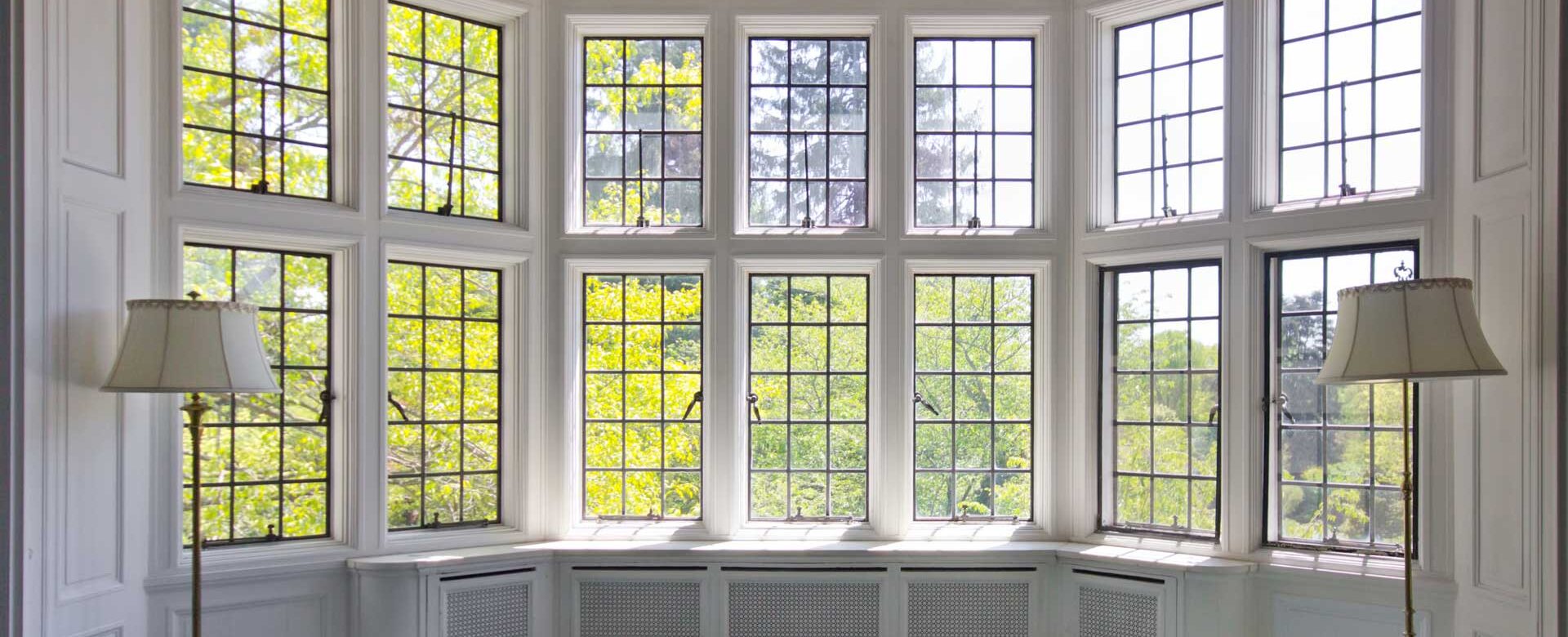Home Modifications for Aging in Place – A Retirement Home Alternative
New technologies are making Aging in Place a viable option to retirement living.
- Telehealth and telemedicine make it easy and affordable to receive professional attention from the comfort of one’s home.
- Food and meal delivery services are more robust than at any point in history. These options make it easier than ever to deliver nutritious food to elderly folks who might not have the ability to do a lot of food shopping and preparation.
Below are some home modifications to consider in creating the best Aging in Place environment.
Advanced Home Modifications
Some home modifications are more involved and should not be attempted on your own. By calling in a professional to tackle some of these tasks though, you can make your home safer and more comfortable for years to come.
- Install grab bars.
As keeping your balance becomes more difficult, having grab bars in various spots around your house can be the difference between catching yourself just in time or falling down. Your bathroom, your hallway, and next to your bed are all smart spots to add grab bars.
- Widen your doorways.
If your mobility issues ever reach the point where you need a wheelchair, a walker, or even just crutches, have more space to get through your doorways will be a blessing (and in some cases, required). It’s not a simple project, but at a certain point, widening your doorways could be the thing that keeps your home accessible to you.
Stair lifts are costly, but if you have stairs in your home and can no longer walk up and down them safely, then it’s an important addition to your home. Some forms of insurance may help cover the cost of stair lifts, so if you feel you need one but find the cost prohibitive, it’s worth doing some research to see if part of the cost will be covered for you.
- Install a walk-in tub.
Getting in and out of the tub is one of the most difficult and risky tasks a senior faces once they start to have mobility and balance issues. Like a stair lift, a walk-in tub is a pretty costly addition to your home, but one that can increase the ease and safety of bathing considerably.
- Install wheelchair ramps.
Finally, any senior that starts to need a wheelchair to get around will need wheelchair ramps installed in various places around the home. Wheelchair ramps won’t become necessary for all seniors, but for those that do need them they’ll make all the difference in being able to stay in your own home.
While some of these home modifications get expensive, they can help you save money overall in comparison to the cost of health expenses associated with a fall or a nursing home. And more to the point, your safety has to be one of your top concerns as you age. Proper home modifications do the important job of increasing your comfort, but also the crucial one of increasing your level of safety in your own home.
8 Aging in Place Home Modifications – More Important Than Ever in Post Covid World
Around 90 percent of seniors plan on living in their own home for at least five to 10 years after turning 65, according to the AARP. In turn, the number of remodeling companies doing aging in place upgrades has increased. Eighty percent of remodeling companies are making aging in place home improvements, up from 68 percent in 2013, according to the National Association of Home Builders (NAHB).
Aging in place is cheaper and more comfortable than going the assisted living route for many people. A typical assisted living home is pricey, costing around $50,000 a year. In contrast, the national average of remodeling a home for aging in place is only $10,000. If you or your parents are planning on doing some fairly major aging in place remodeling projects, check out our guide on aging in place home remodeling. This article will look at some of the most popular DIY home improvements you can do to make your loved one’s home aging-in-place ready.
1. Install grab bars
Installing grab bars or railing in high-risk areas like bathrooms and bedrooms gives anyone with mobility issues additional support and prevents slip and fall injuries. Install grab bars near the toilet, and in the shower/bathtub since these surfaces get slippery. Depending upon your loved one’s needs, you may want to install bars near their bed so they can get in and out of bed safely. Make sure your grab bar holds up to 250 pounds, and install it by screwing it into wall studs, not just sheetrock. You can get three grab bars (one for the toilet and two for the tub/shower) for around $140.
2. Add outdoor ramps
Adding ramps to a home’s entry and exits aren’t just for wheelchair access. Even if your parents don’t use a wheelchair, a ramp eliminates the need to navigate steps, which can make maintaining balance difficult, even with a banister. A 16-foot long ramp costs around $1,600. You can also get indoor threshold ramps that you put in doorways to form a seamless surface to transition from one room to another.
3. Install a bathroom heat lamp
It can take some people longer to get in and out of the tub and take care of everything they need to do in the bathroom. Replacing the overhead light fixture above the toilet and tub with one that has an infrared bulb as well as a regular bulb will help keep their bathroom warm and comfortable in the winter months. You can find a combination heat lamp and light fixture for around $50 to $150.
4. Upgrade your smart home technology
Technology has become one of the most important developments in helping people stay in their own home as they age. Home technology like medical alert, home security and remote monitoring or communication systems are particularly beneficial.
Wearable technology like watches, necklaces and even shoe insoles monitor your loved ones’ movement throughout their home, as well as their vitals. You can outfit doorways with sensors that alert a family or emergency care service if someone enters a door but doesn’t exit within a specified period of time, indicating they may need help.
If you’re looking for a home monitoring system specific to aging in place, a certified aging in place specialist can outfit your loved one’s home with different sensors that you can monitor from your smartphone. You can know when your dad gets out of bed thanks to a pressure-sensitive mat placed next to his side of the bed. You can have a sensor put on the medicine cabinet door so you’ll know if your mom takes her medicine. Likewise, you can have heat sensors installed on the stove and front and rear door sensors put in. Aging in place home monitoring systems like HomeExcept cost around $230 for the system and have a monthly monitoring fee around $20-$30.
Home automation security and monitoring systems do more than provide caregiving functions. You can automate your parents’ home so they can control things like lights, entertainment systems, blinds and more, all from their smartphone or remote control.
5. Replace your faucets
Touchless faucets on kitchen and bathroom sinks are great for people with arthritis or grip issues. You can also replace twist faucet handles with levers. Another popular faucet upgrade is installing anti-scald faucets in your parent’s tub or shower. Anti-scald faucets prevent sudden bursts of hot water if the cold water is temporarily redirected due to the toilet being flushed or the washing machine filling up. Another way to prevent scalding is to lower the maximum water temperature on your parents’ water heater to 120 degrees or less.
6. Update your flooring
Flooring can be the culprit for many trips and falls as you age. The Americans with Disabilities Act (ADA) guidelines for flooring is a helpful resource for figuring out the best type of flooring for your parents’ home. Carpet should be securely attached and no more than a half an inch thick. ADA compliant, anti-slip bathroom flooring means the flooring material has gone through friction testing and its coefficient of friction (resistance to slipping) is a 0.6 or higher. When shopping for ceramic bathroom flooring, make sure it’s ADA certified to be slip resistant. If you already have bathroom tile that’s in good shape, you can buy ADA approved anti-slip coating and roll it on with a paint roller. Anti-slip coating typically lasts around 3-5 years and costs around $85 per gallon. One gallon covers about 400 square feet.
7. Improve your lighting
Improving the lighting in your parents’ home can mean putting bright nightlights in hallways and bathrooms, using table or floor lamps for sitting areas for reading and putting adhesive tap-lights under cabinets to provide extra light on counter tops. You can find a 10-pack of LED tap-lights for around $20.
8. Replace your doorknobs
Replacing the round doorknobs in your parents’ home with lever-style handles helps people with arthritis or grip issues easily open doors. Likewise, swapping out round kitchen cabinet door knobs with bar- or lever-style handles makes accessing kitchen items a little easier.
It’s a New World – Aging in Place is a Major Trend With Tremendous Benefits
4 Benefits of Aging in Place
SOURCE: Visiting Angels
According to one AARP survey, roughly 90% of American seniors wish to live at home for as long as possible. Seniors vastly prefer aging in place to facility care, even in cases where physical or cognitive decline makes it difficult to live independently.
This decision is easier for many families when they’re aware of how living at home benefits seniors. Seniors who age in place enjoy a sense of independence and comfort that only home can provide. They also enjoy better health outcomes on average, despite lower care costs.
Here’s a closer look at four reasons why home is so important to seniors’ quality of life.
Why Seniors Prefer Aging in Place
Maintaining Independence. Age-related physical and cognitive decline can make day-to-day life difficult for seniors. At a certain point, elderly adults need help from others to accomplish everyday tasks. At this point, total independence is no longer possible. But with help from family, friends, and professional caregivers, seniors can maintain aspects of independence while still living at home. Most important of all, elderly adults have control over their routine, activities, and life decisions.
This kind of independence isn’t possible for elderly adults who move to senior living facilities. In these facilities, residents have reduced control over their lives and routines. Many seniors become dependent on nursing staff, who are forced to split their time and attention between multiple residents.
By aging in place, seniors can maintain a greater degree of personal independence. They are able to live their lives as they see fit, and they enjoy a sense of dignity unavailable to many elderly adults.
Familiar Setting & Routines. The phrase, “home is where the heart is,” might be a timeworn cliché, but its sentiment remains as true as ever. A person’s home is the most important place in their life, offering a sense of familiarity, comfort, and security.
For many seniors, the emotional value of home is far more important than its monetary value. Elderly adults cherish having a space that is truly their own — a space that doesn’t simply act as a home but actually feels like one. While some seniors quickly adapt to facility living, many seniors never truly feel at home in a nursing home or assisted living facility.
Aging in place, meanwhile, allows older adults to stay in a familiar and cherished space. This is a critical and underrated factor in seniors’ quality of life.
Healthier & Safer Environment. In a large share of cases, seniors choose to live in nursing or assisted living facilities because they believe this will be safer and healthier than living at home. While true in some cases, this belief is often unfounded. Several studies have found that nursing home residents have worse health outcomes than seniors who choose to age in place, even if seniors are in similar health.
There are several factors at play here. One is the emotional toll of leaving home. Homesick seniors are at higher risk of stress and depression, both of which accelerate physical and cognitive decline. Another reason is the risk of infection. Studies have shown that nursing home residents are at much higher risk of bacterial and viral infections, including life-threatening infections such as pneumonia.
Aging in place tends to improve seniors’ quality of life, which improves their physical health. It also insulates them from the bacterial and viral risks found in senior living facilities, reducing their chance of contracting a serious illness.
Cost-Savings of Living at Home. Nursing homes and assisted living facilities are often too expensive for seniors and their families. In an assisted living center, a bed in a shared room will typically run between $10,000 to $20,000 per year, while a private room can cost upwards of $75,000. These costs can climb even higher in nursing facilities when seniors require specialized care.
Aging in place also comes with a price tag. Many seniors need to modify their homes to make them safer and more livable. In a number of cases, seniors also need to hire an in-home caregiver to assist with light housekeeping, routine errands, or activities of daily living.
Despite these costs, aging in place is typically less expensive than living in an assisted living or nursing facility. According to the US Department of Housing and Urban Development, seniors who choose to age in place can save thousands of dollars per month in care costs.
Sooner or Later Sports Will Be Back – Are You Ready? Can You Say, “Man Cave”?
Think about it. Now is the time! The Home Improvement Group of Michiana is happy to provide some research on this topic for you! Let’s get your creative juices flowing and consider your MAN CAVE installation.
Getting Ready for the Heat – 5 Signs You Need New Windows
The heat is coming. Are you ready?
5 Signs You Need New Windows
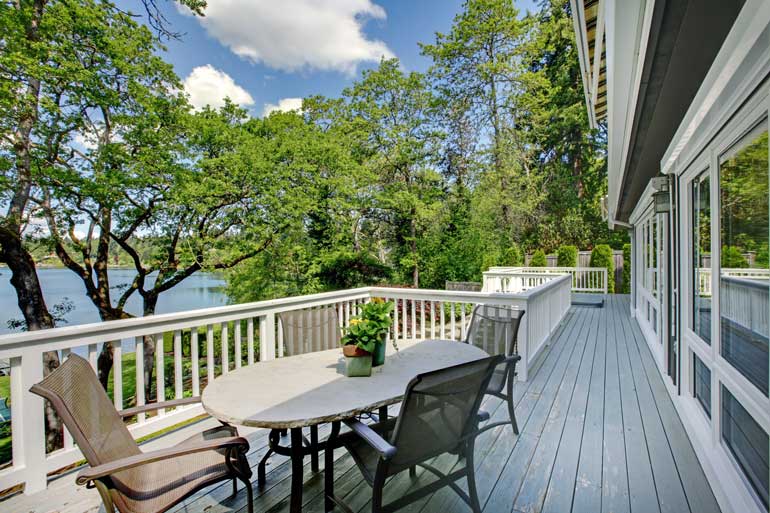

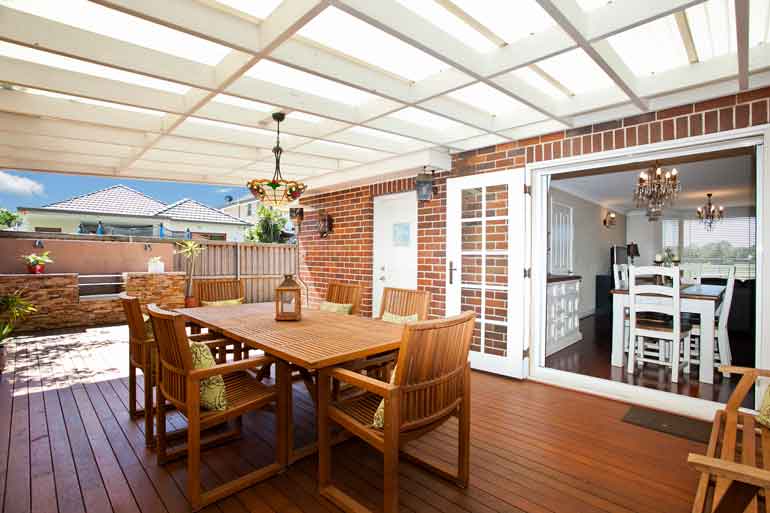

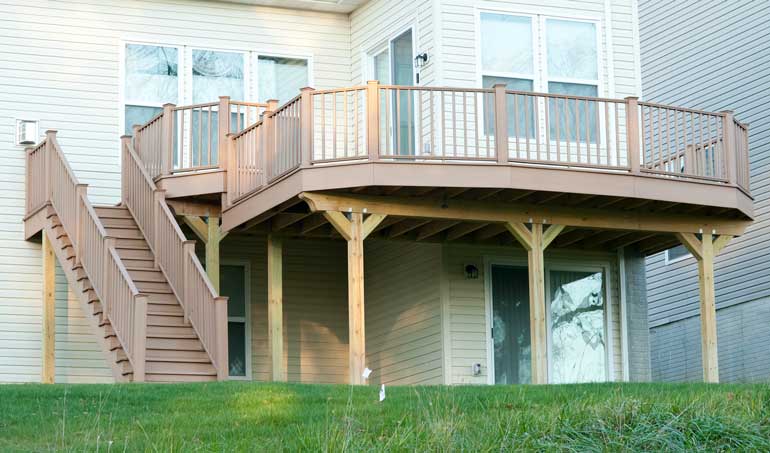

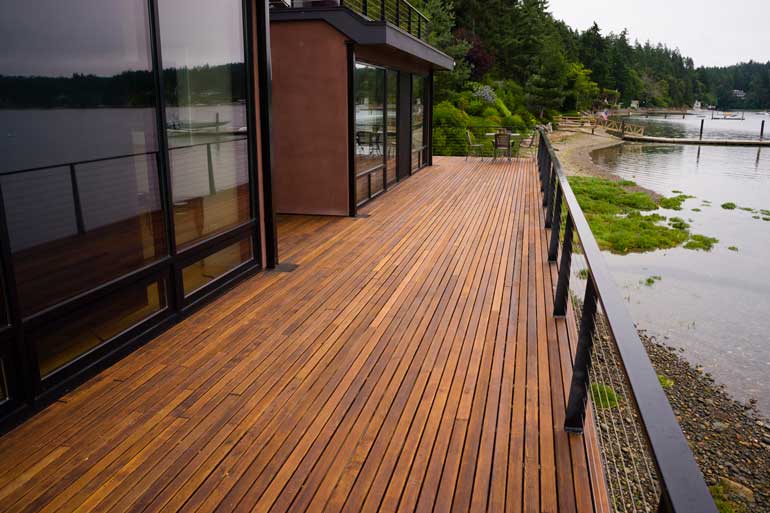

Locked Down? Or Maybe Just Anti-Social All the Time? Make Your Home Your Kingdom With a New Outdoor Space
It is time for many reasons to create a special outdoor space for you and your family. Spring and warm temperatures have finally arrived!







